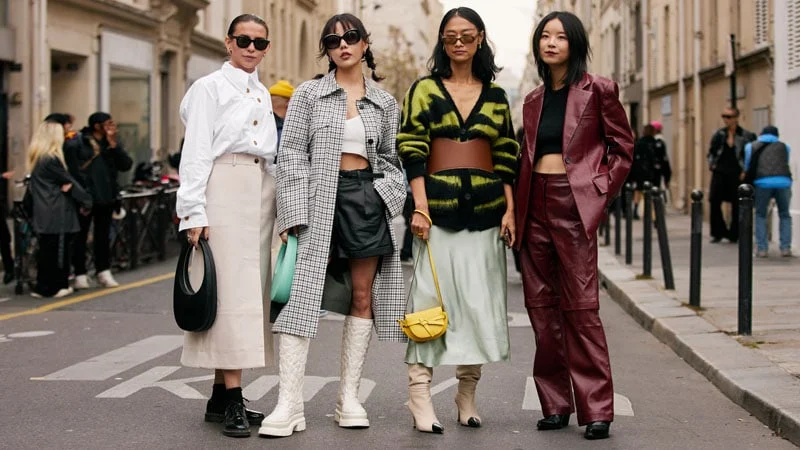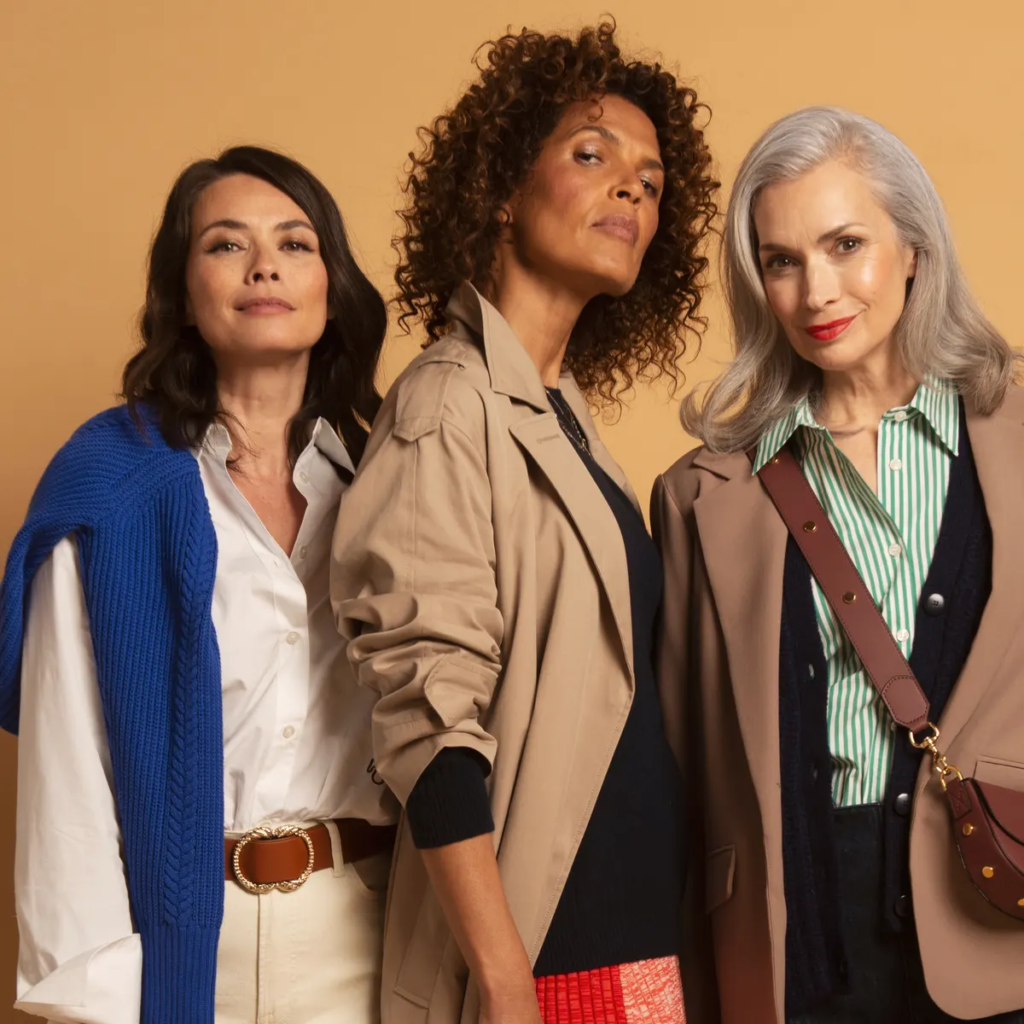Unleashing the Power of Fashion A Journey Through Time and Trends. Fashion is a powerful tool that has been used for centuries to express individuality, creativity, and cultural identity. It has the ability to shape our perceptions of ourselves and others, and it has played a significant role in shaping society’s beliefs and values. Fashion is an ever-evolving industry that reflects the changing attitudes of society towards gender, race, class, and sexuality.
Wealth And Status
The history of fashion dates back to ancient times when people used clothing as a way to protect themselves from the elements. As civilizations developed, clothing became more than just functional attire; it became a way for individuals to display their wealth and status. In ancient Egypt, for example, wealthy citizens wore elaborate garments made from expensive materials such as linen or silk. The Romans also placed great importance on fashion; they saw clothing as a symbol of social rank.
Fashion continued to evolve throughout the Middle Ages when church influence was at its peak. Clothing was considered modest if it covered most of the body; however, this changed during the Renaissance when fashion became more daring with revealing necklines and tight-fitting fabrics.
20th Century Fashion

It wasn’t until the 20th century that fashion truly began to take on new meanings and significance. The First World War had a profound impact on fashion as women began working outside their homes in factories while men were off fighting in battlefields across Europe.
During this time period known as “The Roaring Twenties,” many women rebelled against traditional gender roles by cutting their hair short (“bobbed” hair) wearing shorter skirts (flappers), smoking cigarettes openly in public places like cafes or restaurants instead of hiding them away like before; all symbols representing independence from societal norms at large.
New Trends
The trend continued into World War II when women were once again mobilized into factories while men went off fighting overseas (this time not just Europe but also Asia). Women’s roles changed significantly during wartime leading them towards newfound freedoms including greater access into higher education fields traditionally reserved for men.
The 1950s brought a return to traditional gender roles, but this time fashion was used to enforce them. Women were encouraged to dress in conservative styles that emphasized their femininity, while men wore suits and ties that showcased their power and authority.
The 1960s saw a significant shift towards more liberal attitudes and fashion reflected this change. The hippie movement encouraged people to embrace individuality and reject the constraints of society. Clothing became more colorful, loose-fitting, and bohemian with bell-bottoms pants, tie-dye shirts, and long flowing skirts.
Dresses For Women

In the 1970s disco era emerged with glitzier looks including sequins dresses for women along with platform shoes (which were popular among both sexes), tight-fitting clothes (such as polyester leisure suits) reflecting confidence as well as sexuality; all part of cultural shift towards self-expression through clothing rather than just its practical function alone.
The 1980s brought an exaggerated version of confidence – power dressing. Which was characterized by strong shoulder pads on jackets paired with high-waisted pants or skirts. This style mirrored the increased presence of women in the workforce who wanted to showcase their power through their clothing choices.
Fashion trends continued into the 1990s when grunge music took over. Flannels shirts paired with ripped jeans represented youthful rebellion against mainstream culture’s. Emphasis on materialism at large while baggy clothes became popular among hip-hop enthusiasts representing comfortability over style itself at times too.
Awareness Around Sustainability
As we move into the twenty-first century, fashion continues to evolve rapidly. With increased awareness around sustainability issues. Like fast fashion’s environmental impact alongside social responsibility issues (such as body shaming). Consumers are looking for brands that align with their values from production methods down-to-earth messaging around inclusivity such as size diversity or representation across racial lines too).
Technology has also played a huge role in shaping contemporary fashion innovations. Like digital printing have made it easier than ever to create unique and personalized designs. While social media has given rise to a new generation of influencers. Who can shape trends with their posts and online presence alone.
In conclusion
Fashion is a powerful tool that has been used for centuries to express individuality, creativity, and cultural identity. It reflects the changing attitudes of society towards gender, race, class and sexuality. Fashion trends have come and gone throughout history but one thing remains constant.
Its ability to impact our lives in significant ways both personally as well as societally at large. Whether you’re dressing for work or play – fashion is an extension of your personality. It’s your way of expressing yourself without saying a word.

